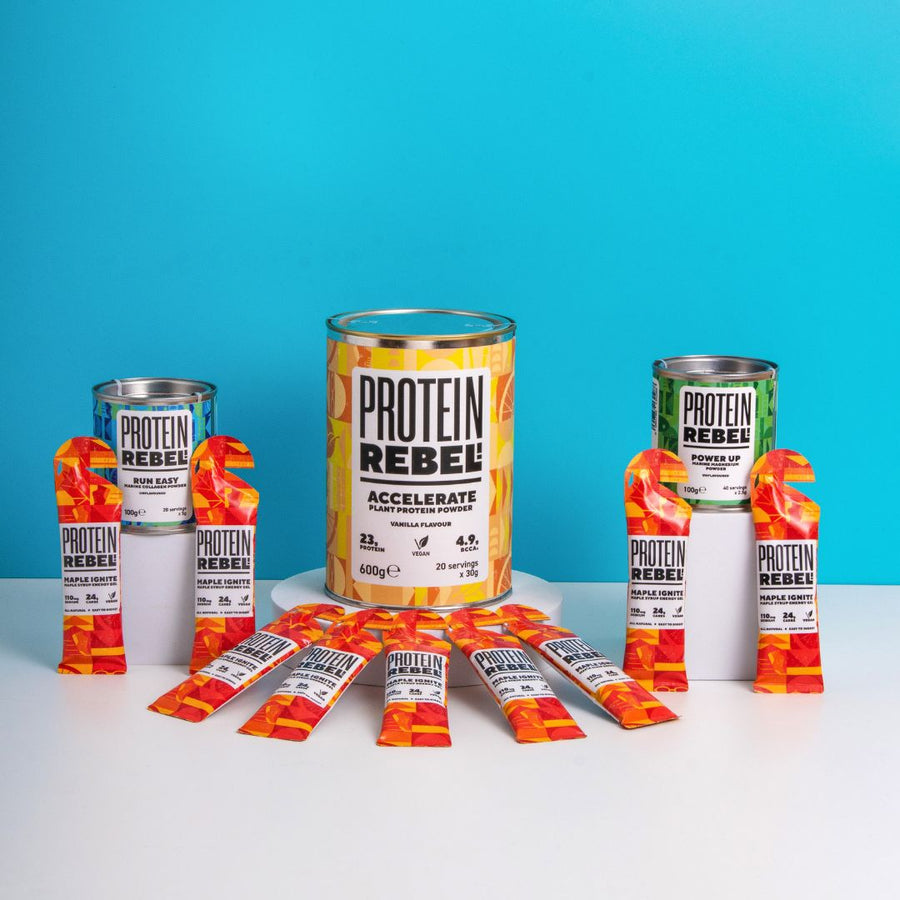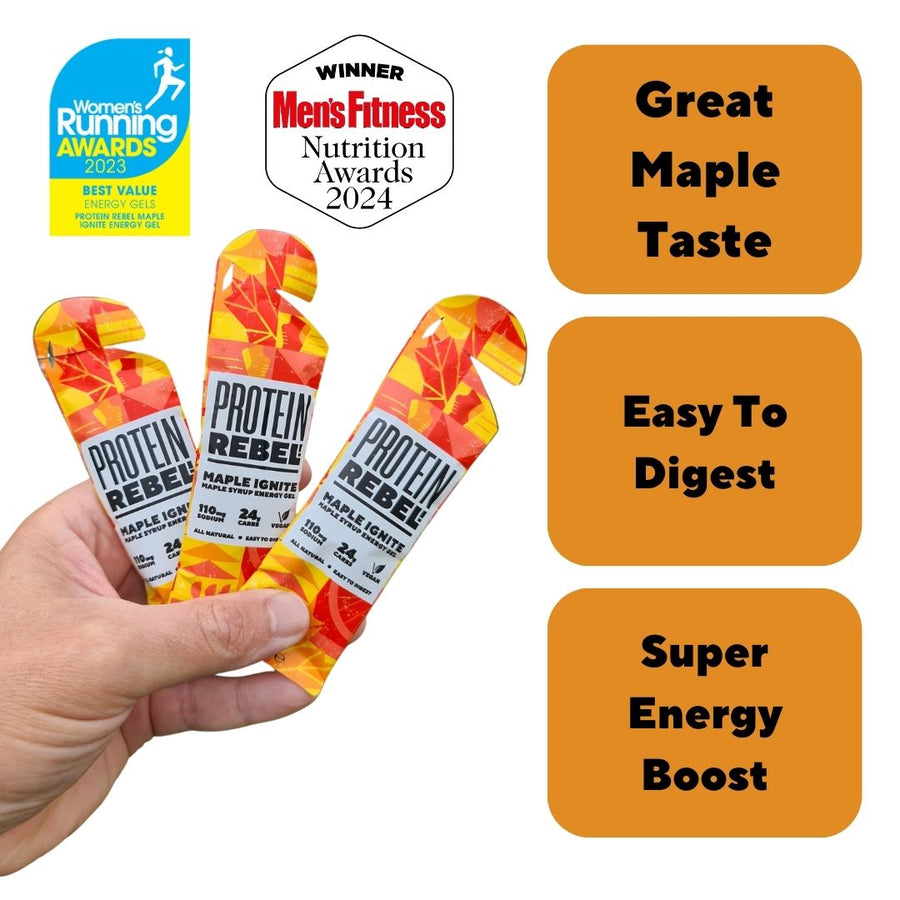Overcoming four challenges of cold weather running
Our resident health expert, Dr Juliet, gives us the lowdown on four of the key challenges of running in cold weather and some tips on how to overcome them...
It’s wonderful to arrive in spring feeling fit and energised and ready to take on some big challenges. Doing that however, means training right through the coldest months of the year. Some runners love winter running while others know they will struggle to get out there when the temperatures drop.
Cold weather running poses some unique challenges from the simple act of keeping warm to medical conditions which are linked to cold exposure. Here’s a run-down of 4 common challenges and how to overcome them.
1) Feeling cold when you run.
With the right kit you can stay warm on any run. Remember to dress for the second mile, not the first. It’s normal to feel a bit chilly when you start, once you find your running rhythm, your body will generate heat and you’ll even get too hot sometimes.
You might think that a good thick running top will be your best bet but don’t underestimate the power of multiple layers. Air is a great insulator and several layers of clothes will mean more layers of trapped air to keep you warm.
• Invest in a good quality, close fitting base layer. Choose a technical thermal material which will wick sweat away from your skin or a wool like Merino which is warm but also dries quickly and doesn’t smell either.
• If you’re a very cold person or the weather is well below freezing, you can add one of your normal running t-shirts on top of your base layer.
• A thicker running top or light fleece is next. A zip, at least part of the way down the front means you can unzip a bit and let some cooler air in when you get too hot.
• For wet, windy or freezing days, finish off with a waterproof and windproof jacket. Another layer traps more air and blocking out the wind will protect you from the often brutal wind chill.
Don’t forget your legs. Chilly quads or glutes are unpleasant and cold muscles are more likely to get injured. Some runners wear two pairs of their normal running tights to keep warm. You can also buy thermal and fleece-lined tights or tights which have slightly thicker or double layers of material on the upper legs.
Complete the kit with gloves and a hat. It’s a myth that you lose most of your body heat through your head. It’s more like ten per cent but that can still be a substantial amount. Look for hats with a lining for extra warmth. If you always end up wanting to take your hat off once you get running and warm, look for one that you can fit in your jacket pocket. Another option is to use a headband or buff. These can cover your ears and keep the cold and wind out but still allow free air circulation on the top of your head. You can also wrap a buff around your neck or wrist when you don’t need it.
2) Raynaud’s disease
This common condition affects around 10 million people in the UK. Lots of runners have it and it can really spoil the fun of running. Tiny blood vessels called capillaries in extremities such as your fingers, toes, nose, ears and even your nipples narrow and spasm in response to cold weather. With less blood flowing through them, fingers turn white, cold and feel numb. It can make using your phone, zipping your jacket or putting the key in your front door really hard. It’s often very painful when blood flow returns as they warm up.
Here are some tips if you struggle with Raynaud’s disease or just cold hands generally:
• Get a decent pair of gloves. Lined, warm and windproof
• Try mittens instead of gloves, the fingers can then share heat between them
• Use glove liners, essentially a very thin pair of gloves inside your normal ones
• Pre-warm your gloves on the radiator before you go out
• Use glove warmers. There are lots of different types including ones you can put in the microwave
• Keep your core warm – see the advice on layering
• Check out Scleroderma and Raynaud’s UK
3) Chilblains
Chilblains might sound like a medieval health woe but they’re still very common. They’re blotchy red patches that appear on your fingers and toes after you’ve been in the cold and they can be really itchy. We don’t really know what makes some people susceptible to them but it seems that it’s the change in temperature that triggers them. Your granny might have said, ‘Don’t put your feet on the radiator, you’ll get chilblains.’ She was probably right! The rapid increase in blood flow in the small blood vessels in your fingers and toes if you warm them too quickly, can lead to chilblains in some people.
What to do if you get chilblains:
• Feel reassured they usually go on their own in a couple of weeks
• Take some paracetamol if they hurt
• Keep your feet and hands clean, dry and warm – socks and gloves are key
• Speak to your pharmacist about some creams to rub on to ease any itch
• Don’t put your feet on the radiator, in hot water or close to the fire to warm them up
• See your GP if you keep getting chilblains, you have diabetes or you think they might be infected.
4) Asthma
Some people with asthma find that cold air or a sudden change in air temperature when they go back inside, can trigger their asthma. This might make them feel out of breath, tight-chested, wheeze or cough. Asthma should always be taken seriously.
• Wear a scarf or buff loosely around your mouth to warm the air that you breathe in
• Always carry your reliever inhaler and a mobile phone with you when you run
• Warm up well and gradually
• Listen to your body and stop if you don’t feel right, always go with your instinct
• If cold air is a trigger and you’re getting symptoms, speak to your asthma nurse or GP about whether you should use your reliever inhaler before exercise and whether you need to step up your preventative medications during the colder months.
With the right kit and a bit of care and enthusiasm, cold weather running can be invigorating and exciting. Rising to that extra challenge gives you a real boost. Nothing beats a hot shower afterwards and a sit down with a cup of tea. Just remember what your granny told you and keep those feet off the radiator!









